Latest News
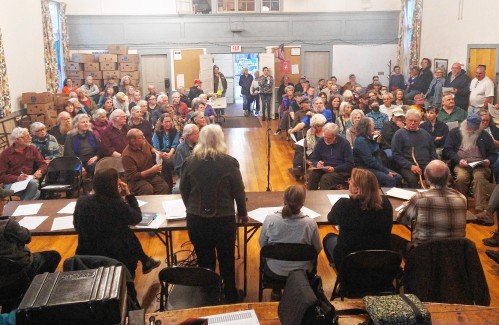
Battery storage bylaw passes in Wendell
WENDELL — Town Hall was packed Wednesday night with 102 registered voters eager to have their voices heard on a bylaw regulating battery energy storage systems, which was overwhelmingly approved. The Special Town Meeting warrant article was proposed...

Debt-burdened UMass students, grads rally for relief
AMHERST — Responsible for $135,000 in student debt, Amherst resident Ian Rhodewalt observes that during the yearslong federal pause in making loan repayments during the pandemic, he and his family were able to get a vehicle, replace a broken-down car...
Most Read
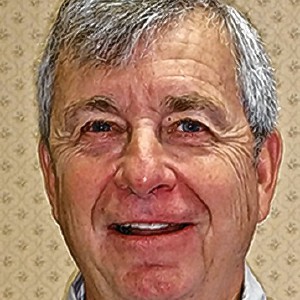 Sportsman’s Corner: Orange Gun Club’s Kids Derby
Sportsman’s Corner: Orange Gun Club’s Kids Derby
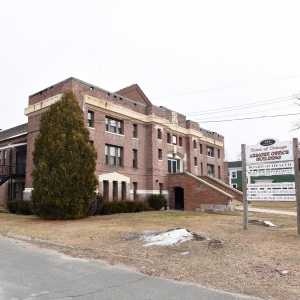 Orange Selectboard declares armory as surplus property
Orange Selectboard declares armory as surplus property
 Battery storage bylaw passes in Wendell
Battery storage bylaw passes in Wendell
 Debt-burdened UMass students, grads rally for relief
Debt-burdened UMass students, grads rally for relief
 On The Ridge with Joe Judd: What time should you turkey hunt?
On The Ridge with Joe Judd: What time should you turkey hunt?
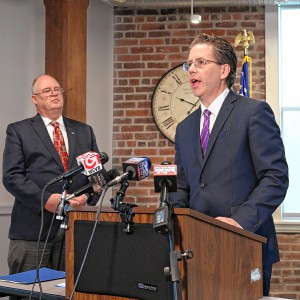 1989 homicide victim found in Warwick ID’d through genetic testing, but some mysteries remain
1989 homicide victim found in Warwick ID’d through genetic testing, but some mysteries remain
Editors Picks
 Sportsman’s Corner: Missouri gobbler
Sportsman’s Corner: Missouri gobbler
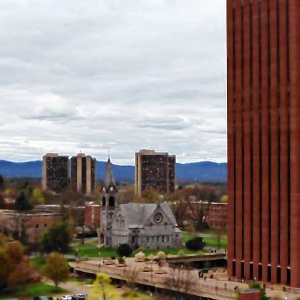 Federal probe targets UMass response to anti-Arab incidents
Federal probe targets UMass response to anti-Arab incidents
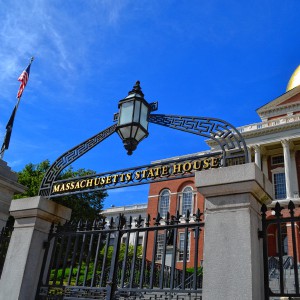 Over $400M in shelter funding, new limits approved
Over $400M in shelter funding, new limits approved
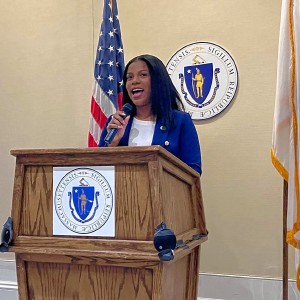 Cannabis sales in Massachusetts top $1B for third straight year
Cannabis sales in Massachusetts top $1B for third straight year
Sports

Softball: Franklin Tech pulls away from Hopkins, 8-3 (PHOTOS)
Leading 4-3 after three innings, the Franklin Tech softball team took control in the final four frames on Friday against Hopkins Academy. The Eagles scored three in the fourth and tacked a run on in the sixth while Hannah Gilbert shut the Golden Hawks...
 High Schools: Greenfield girls tennis wins second match in a row following 4-1 triumph over PV Christian (PHOTOS)
High Schools: Greenfield girls tennis wins second match in a row following 4-1 triumph over PV Christian (PHOTOS)
 Bulletin Board: Liam Kerivan and Spencer Towne pitch Pipione’s past TFAC
Bulletin Board: Liam Kerivan and Spencer Towne pitch Pipione’s past TFAC
 Keeping Score with Chip Ainsworth: Phantom of the Derby
Keeping Score with Chip Ainsworth: Phantom of the Derby
 Softball: Pioneer pulls ahead late to defeat Northampton, 34-29 (PHOTOS)
Softball: Pioneer pulls ahead late to defeat Northampton, 34-29 (PHOTOS)
Opinion

Guest columnist Gene Stamell: We know what we know
Columnist’s note: The following contains many parenthetical asides and seemingly unimportant details that somehow, one hopes, lead to a conclusion that the reader finds moderately interesting or entertaining or, at the very least, bearable. Once...
 Shirley and Mike Majewski: Vote for Blake Gilmore
Shirley and Mike Majewski: Vote for Blake Gilmore
 Kathy Sylvester: Vote for expertise on May 6
Kathy Sylvester: Vote for expertise on May 6
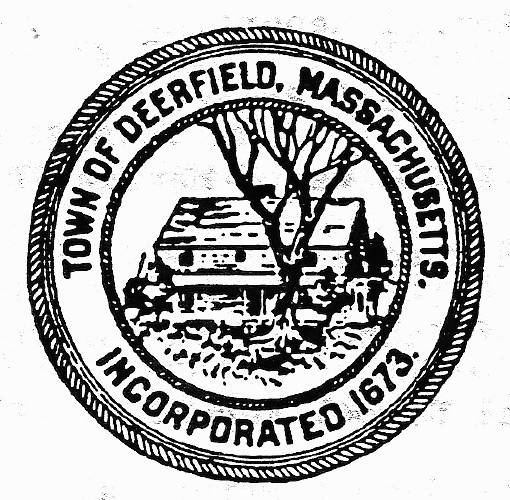 Bernie Sadoski: Blake Gilmore is committed to his community
Bernie Sadoski: Blake Gilmore is committed to his community

Police Logs

Athol Police Logs: March 12 to March 19
ATHOL POLICE LOGSTuesday, March 126:45 p.m. - Male party into the lobby regarding a shop vac he lent to someone and they are refusing to give it back. Party was advised of his options. Attempted to contact involved party, negative contact, a voicemail...
 Athol Police Logs: Feb 19 to Feb. 27
Athol Police Logs: Feb 19 to Feb. 27
 Athol Police Log Feb. 4-18
Athol Police Log Feb. 4-18
 Orange Police Log 12/1-13
Orange Police Log 12/1-13
 Athol Police Log 11/8-26
Athol Police Log 11/8-26
Arts & Life

The house that therapy built: Multimedia artist Lisa Winter to display “My House” at the Wendell Meetinghouse this Sunday
Lisa Winter is a multimedia artist who has dabbled in miniatures for decades, but life as a registered nurse during a time of political turmoil (and, eventually, a global pandemic) took a toll that led her to therapy “just to sort things out.” The...
Obituaries
 Donald W. Watts
Donald W. Watts
Athol, MA - Donald W. Watts, age 94, of Athol passed away at Heywood Hospital after an illness. Donald was born on May 30, 1929 in Gardner to the late Ralph W. and Mary Louise (Pfaff) Watts. He proudly served in the U.S. Navy durin... remainder of obit for Donald W. Watts
 Rodney B. Freeman
Rodney B. Freeman
Rodney B. "Rod" Freeman Athol, MA - Rodney B. Freeman, 93, of Bradenton, FL, passed away on November 4, 2023. He was born on March 23, 1930, the son of the late James and Doris Freeman of Barre, MA. Rodney was raised on the family dairy ... remainder of obit for Rodney B. Freeman
 Forrest John Clingerman
Forrest John Clingerman
BLUFFTON, OH - Forrest John Clingerman, 52, passed away April 21, 2024, at his home in Ohio. Forrest was born January 29, 1972 in Terre Haute, IN, to parents John and Claire (Spaulding) Clingerman. He grew up in the midwest but came ... remainder of obit for Forrest John Clingerman
 Donna Leonard
Donna Leonard
Phillipston , MA - On April 20, 2024 Donna J. (Pattison) Leonard, age 76 of Phillipston Mass, was called home to be with the Lord after a brief but intense battle with colon cancer. Donna was born to Harold and Sarah (Clarke) Pattison,... remainder of obit for Donna Leonard

 Change in federal drug classification could help cannabis shops
Change in federal drug classification could help cannabis shops
 Providers, families seek legislative urgency to support ALS treatment
Providers, families seek legislative urgency to support ALS treatment
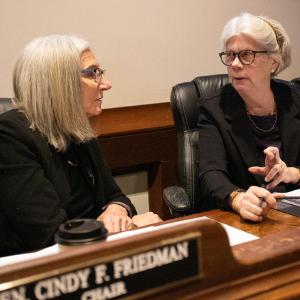 Upon review, panel not behind any ballot questions
Upon review, panel not behind any ballot questions
 Earl Sweat seeks seat on Phillipston Selectboard
Earl Sweat seeks seat on Phillipston Selectboard
 Lobby push aims to propel doggie day care standards
Lobby push aims to propel doggie day care standards
 Court rulings may force action on home equity theft
Court rulings may force action on home equity theft
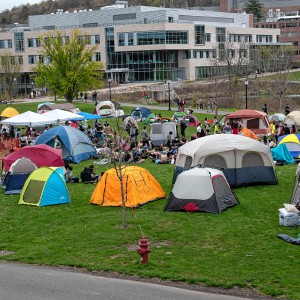 Pro-Palestinian protesters set up encampment at UMass flagship, joining growing national movement
Pro-Palestinian protesters set up encampment at UMass flagship, joining growing national movement
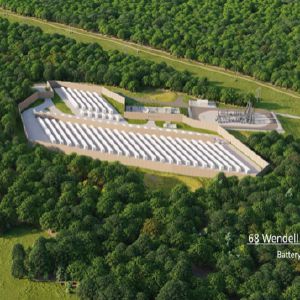 Wendell Special Town Meeting to decide on battery storage bylaw
Wendell Special Town Meeting to decide on battery storage bylaw
 Michelle Caruso: Questions candidate’s judgment after 1980s police training incident
Michelle Caruso: Questions candidate’s judgment after 1980s police training incident Fun Fest returns to Turners Falls: Música Franklin hosts 6th annual family-friendly, free event, May 11
Fun Fest returns to Turners Falls: Música Franklin hosts 6th annual family-friendly, free event, May 11 Valley Bounty: Delivering local food onto students’ plates: Marty’s Local connects farms to businesses
Valley Bounty: Delivering local food onto students’ plates: Marty’s Local connects farms to businesses Let’s Talk Relationships: Breaking up is hard to do: These tools can help it feel easier
Let’s Talk Relationships: Breaking up is hard to do: These tools can help it feel easier Sounds Local: Broadway star returns to Greenfield for concert: Kevin Duda to sing with Franklin County Community Chorus this Sunday
Sounds Local: Broadway star returns to Greenfield for concert: Kevin Duda to sing with Franklin County Community Chorus this Sunday